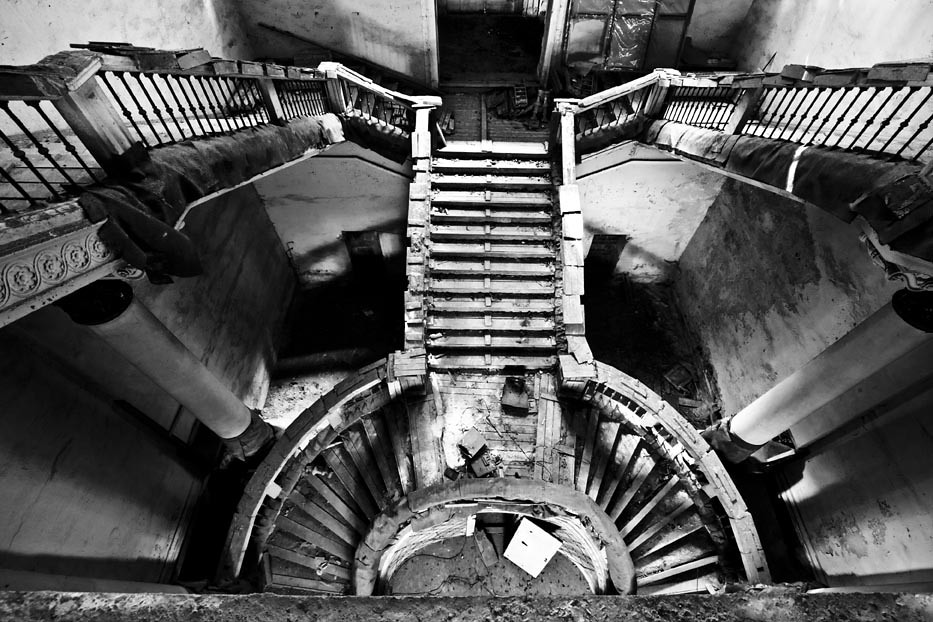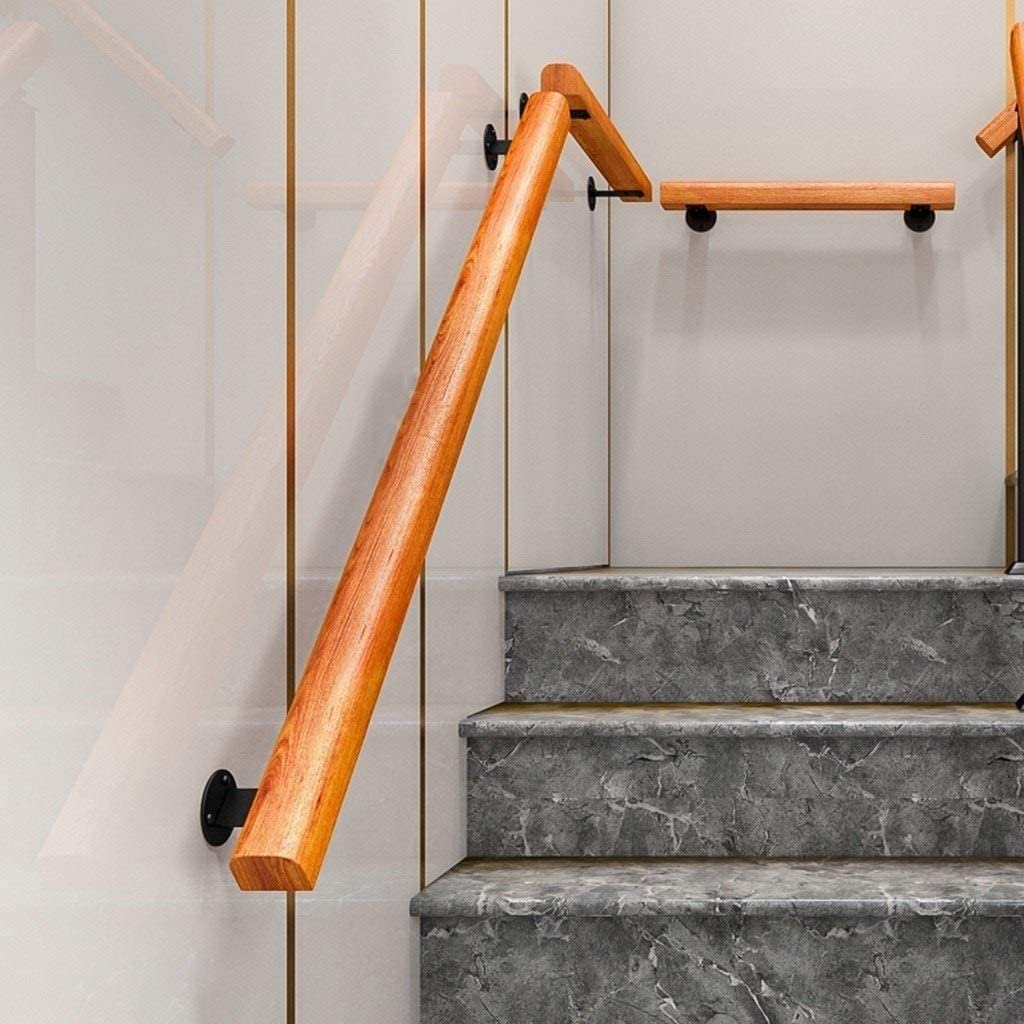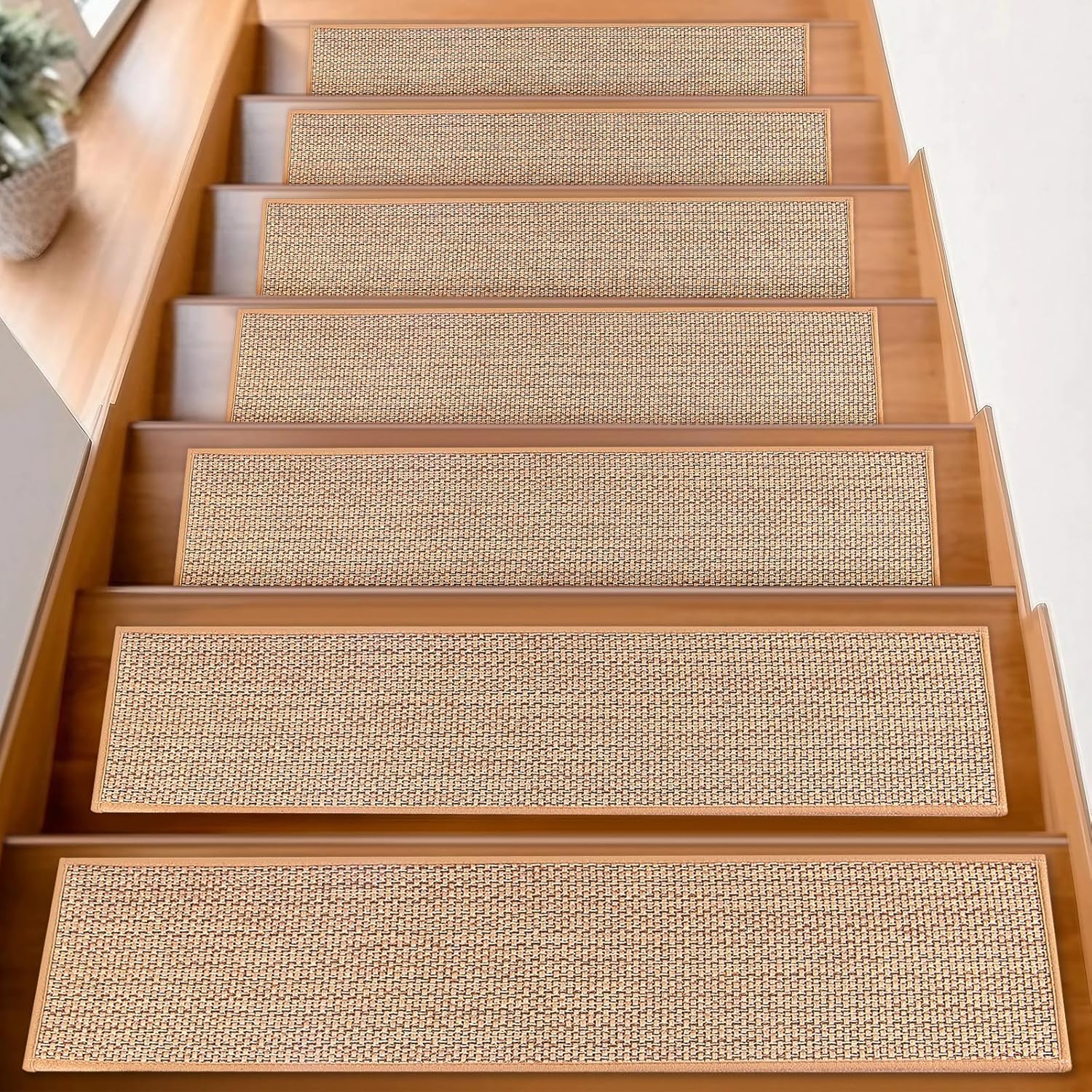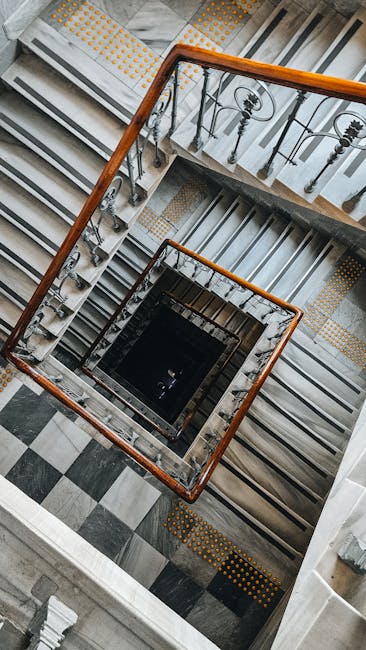Staircases are integral elements in both residential and commercial architecture, serving not only as functional routes between different levels but also as significant design features. Understanding the anatomy of a staircase can assist in making informed decisions during design and renovation projects. Below, we delve into the key components of a staircase and their purposes.

Newel posts are the support posts found at the top and bottom of a staircase, and sometimes at intervals along the staircase. They provide crucial structural support for the balusters and help stabilize the entire staircase. From a design perspective, choosing larger newel posts can create a grand appearance without a significant investment.

Hand rails are the supportive elements running along the staircase, offering safety and balance for users. Available in various materials and styles, hand rails can be customized to match the overall aesthetic of the space.
Balusters are the vertical posts that connect the handrail to the stair treads. They play a vital role in safety by preventing falls and can also be a focal design element. Painting balusters creatively, such as using automotive spray paint for a chrome look, can add a unique style, but ensure proper ventilation during the painting process.

Risers are the vertical boards that connect one tread to the next. They offer support and help prevent tripping. Risers can be customized with various finishes like paint, tile, or wallpaper, though it's important to consider the durability and traffic levels when selecting materials.
Treads are the horizontal parts of the stairs where users step. They must provide safety and comfort. A popular design tip is to combine wood treads with a decorative runner to enhance the staircase's aesthetic appeal.

Stringers are the structural supports that run along the sides of the stairs. They offer essential stability and can also house lighting features to enhance the staircase's appearance.
The nosing is the rounded edge of the stair tread. It is often designed in different finishes or materials to improve visibility and safety. Rounded nosing can help prevent accidents by making the edge of the tread more visible.
The balustrade is a collective term for the assembly of the handrail, balusters, and newel posts. It provides a crucial safety barrier along the staircase, preventing falls and contributing to the overall design.
A landing is a flat area in a staircase that connects two flights of stairs. It offers a safe stopping point and can accommodate a change in direction in the staircase layout.

| Component | Description |
|---|---|
| Tread | The flat part of the stair where you step. |
| Riser | The vertical portion connecting two treads. |
| Stringer | Structural elements running along the sides of the stairs. |
| Balustrade | An assembly of rails and posts that serve as a safety barrier. |
| Newel Post | The terminal post of a staircase and balustrade. |
| Nosing | The front edge of the tread, often rounded for safety and visibility. |
| Landing | A flat area connecting two sections of stairs. |

Each part of the staircase has a specific role in both the safety and aesthetics of the structure. When designing a staircase, it's essential to consider the overall traffic patterns and material durability. Creative designs can be employed, but safety should always be a priority. For instance, switching from open risers to closed risers can alter a space from feeling open and airy to more enclosed and secure.
For those interested in delving deeper into the technical aspects and design considerations of stairs, "The Staircase, Volume 2: Studies of Hazards, Falls, and Safer Design" provides extensive analysis and insights. Additionally, the National Fire Protection Association's Basics of Egress Stair Design outlines essential details for constructing safe and effective staircases.

